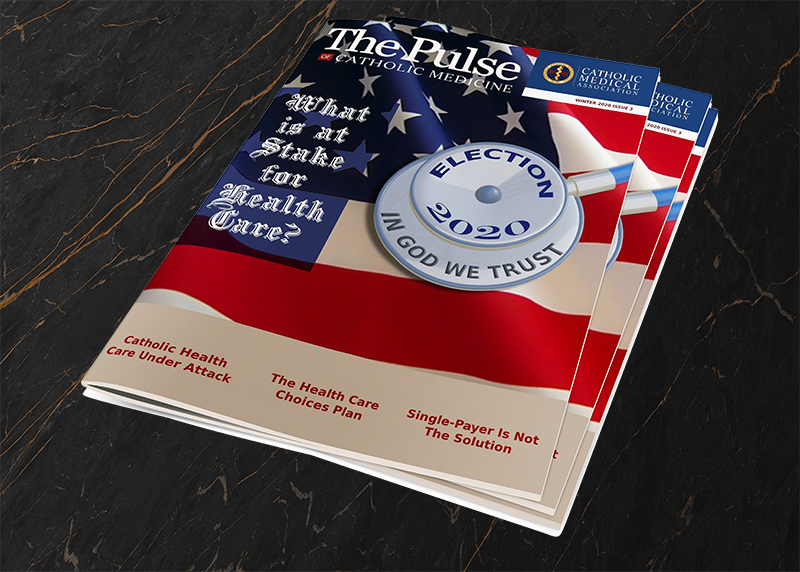There is no question that Americans are frustrated with the current health care system. Millions remain uninsured, and coverage and care cost too much. Many are simply priced out of the market for health insurance. The costs of premiums and deductibles can be prohibitive, especially for those who don’t get subsidies.
Those on public programs are often frustrated as well. Many Medicaid recipients struggle to find physicians who can afford to take the program’s low payment rates, and it can be especially difficult to get appointments with specialists for more serious health problems. But it is often the most vulnerable who face the greatest challenges.
Janet, a patient in Colorado, wrote about her experience with the Affordable Care Act (ACA) exchange that was her only viable option for coverage. She reported that she enrolled in Colorado’s high-risk pool when she was diagnosed with Hepatitis C in 1999. “My premiums in 2010 were $275/month with a total out-of-pocket of $2,500. [While I was on] this plan, my liver failed, and I needed a liver transplant. It was approved without question,” she said. “My $600,000 transplant was covered 100% with a $2,500 out of pocket maximum!”
When the Affordable Care Act went into effect in 2014, Colorado’s high-risk pool was closed. “I was forced into the regular marketplace.” Her premiums rose to $450 right away, and eventually she was paying $1,100 a month with a deductible of $6,300. But her anti-rejection meds and other necessary care weren’t covered, forcing her to spend $19,500 a year out of pocket before her insurance picked up coverage.
Too many families report their ACA plans do not provide them access to hospitals that specialize in the cancer care they need, the surgeries they require, or the medicines they must have. Like Janet, they have “coverage” under the ACA but access to care is often inferior to the state high-risk pool or other coverage they had before. We must do better for those who are most vulnerable and most need quality care.
Further increasing the role of government — either through Medicare for All, Medicare buy-in or a “public option” — would send us further down the slippery slope where government dictates choices and tries to force its secular political goals onto religious organizations and physicians, nurses, and other professionals who are committed to practicing medicine according to their faith.
We have seen what happens when government, rather than consumers, decide what benefits must be covered by health insurance, even directing Catholic nuns to provide employees access to birth control and abortion, in abject violation of religious freedom protections. In Little Sisters of the Poor Saints Peter and Paul Home v. Pennsylvania et el, the U.S. Supreme Court has ruled this is a violation of religious freedom, but despite their defeats, those who believe in government control continue the fight.
Another option: The Health Care Choices Plan
The Health Policy Consensus Group, an affiliation of independent health policy experts, physicians, patients, and others interested in preserving and protecting private health care, has been working to develop a new generation of health reform that will provide more choices for affordable care and coverage — a plan that includes built-in human life protections.
The Health Care Choices plan starts by giving more flexibility to states to heal their health insurance markets damaged by the ACA so people have more choices for affordable coverage, with extra protections for the most vulnerable and those with pre-existing conditions like Janet. And it provides secure health coverage people can keep if they lose or change jobs, which the COVID-19 pandemic has shown to be so important.
Under this plan, states would have new resources and flexibility to provide coverage to those who don’t have access to employer-sponsored coverage or who don’t qualify for subsidies under the ACA, Medicaid, the Children’s Health Insurance Program, or other government programs. States also would be able to set up their own programs, such as high-risk pools or reinsurance, to help those with the greatest medical needs to get the care they need. Regulatory barriers that keep plans from specializing in treating those with chronic conditions would be removed. And families would be better able to manage their health care spending in accounts they own and control.
Under the Health Care Choices Plan, the money that the federal government currently sends to insurance companies under the ACA and spends on newly eligible Medicaid recipients would be repurposed and sent to the states in the form of formula grants that states would use to stabilize their health insurance markets and provide assistance to those with lower incomes and to the sick and needy. Independent modeling has shown that this plan would reduce premiums by one-third, and coverage would stay level.
Importantly, this plan supports a competitive market that is responsive to patients rather than an approach beholden to government. Markets, when combined with effective safety nets, are far more effective and compassionate than the heavy hand of government. Fair markets can provide more choices for affordable health insurance and better access to care while encouraging innovative solutions in medical treatment and care delivery. And, fair markets also have more resources to provide a strong safety net for the less fortunate.
The Health Care Choices Plan moves power and control of the health sector away from Washington, through the states, and ultimately to consumers. It renews and refreshes the health sector with bottom-up reforms, not top-down Washington solutions.
More detailed information about the Health Care Choices Plan at www.HealthCareChoices2020.org.

